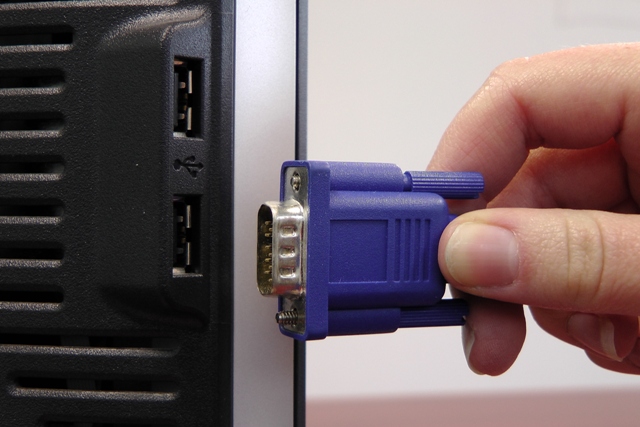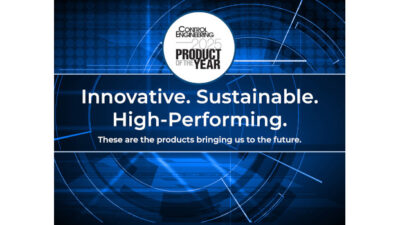Automation equipment from multiple suppliers may not always play well together. When interconnecting devices, a little planning ahead can help ensure success.

Have you ever worked on a project where several pieces of equipment from different manufacturers were purchased with the expectation that the equipment would just plug together and work? On small-scale items, that might be real possibility, but on a larger scale, such as an entire plant or a retrofit of a plant, assuming that everything will simply work can create serious problems. Success must be engineered. Once the mechanical issues are ironed out, there are multiple things to consider from a controls perspective, such as system integration for the different systems, control philosophy, and communication protocols, among other items.
For communication, most new platforms support multiple protocols so this is not as much of a problem. However, on the older platforms typically involved in retrofits, communication options are more limited, and either a universal communication protocol or a device for converting communication protocols must be found when bridging platforms. One of the most common universal protocols is Modbus. Several companies offer solutions for gateway platforms that can bridge between protocols for various SCADA packages using it as a common denominator. But even with Modbus you have to watch out for scan times and update rates. Just because one system is configured to read points based on change, it does not always get picked up on the other side due to differences in scan rates. When this occurs, you typically need to switch from a change-based update to a scheduled update on a set timeframe based on the requirements for the system.
For the control philosophy, someone must make sure that the controls on the fringe systems are covered and the operating requirements on each platform are met. An example of this would be the steam bypass controls on a combined cycle plant. The steam bypass controls connect the heat recovery steam generator (HRSG), the condenser, and the steam turbine. If one vendor supplies the HRSG and another vendor supplies the steam turbine, and there is an existing condenser to connect during a retrofit, there are several operating conditions and design requirements to consider before putting the system into operation. It is critical that all parties involved communicate during the design phase to avoid engineering in the field to make the systems work.
More of these types of projects are becoming popular as companies start replacing older systems. In order to execute these projects successfully, you must perform a large amount of research to determine the best way to integrate equipment. If your homework is performed up front, it will make everything go much smoother.
This post was written by Mike Robb. Mike is a senior engineer at MAVERICK Technologies, a leading system integrator providing industrial automation, operational support, and control systems engineering services in the manufacturing and process industries. MAVERICK delivers expertise and consulting in a wide variety of areas including industrial automation controls, distributed control systems, manufacturing execution systems, operational strategy, and business process optimization. The company provides a full range of automation and controls services – ranging from PID controller tuning and HMI programming to serving as a main automation contractor. Additionally MAVERICK offers industrial and technical staffing services, placing on-site automation, instrumentation and controls engineers.



